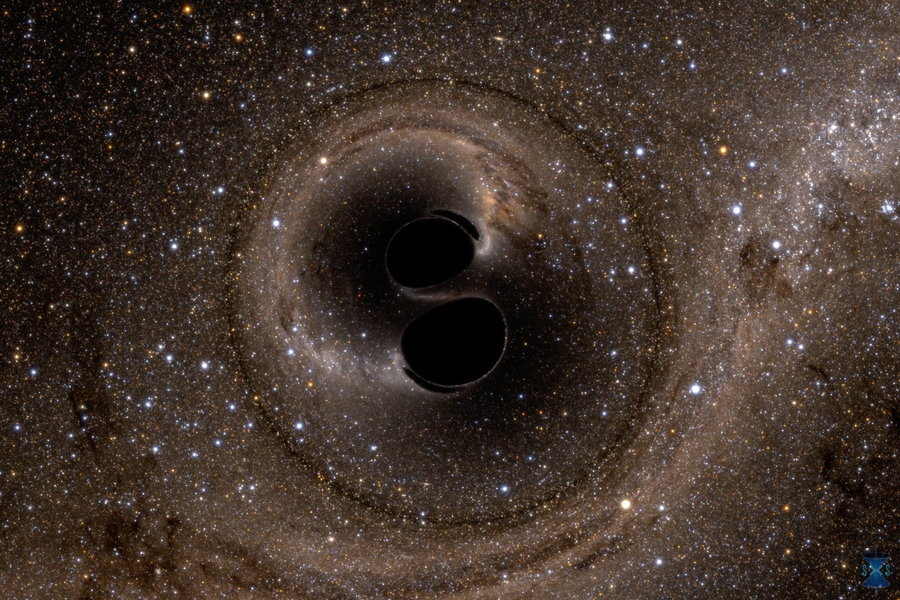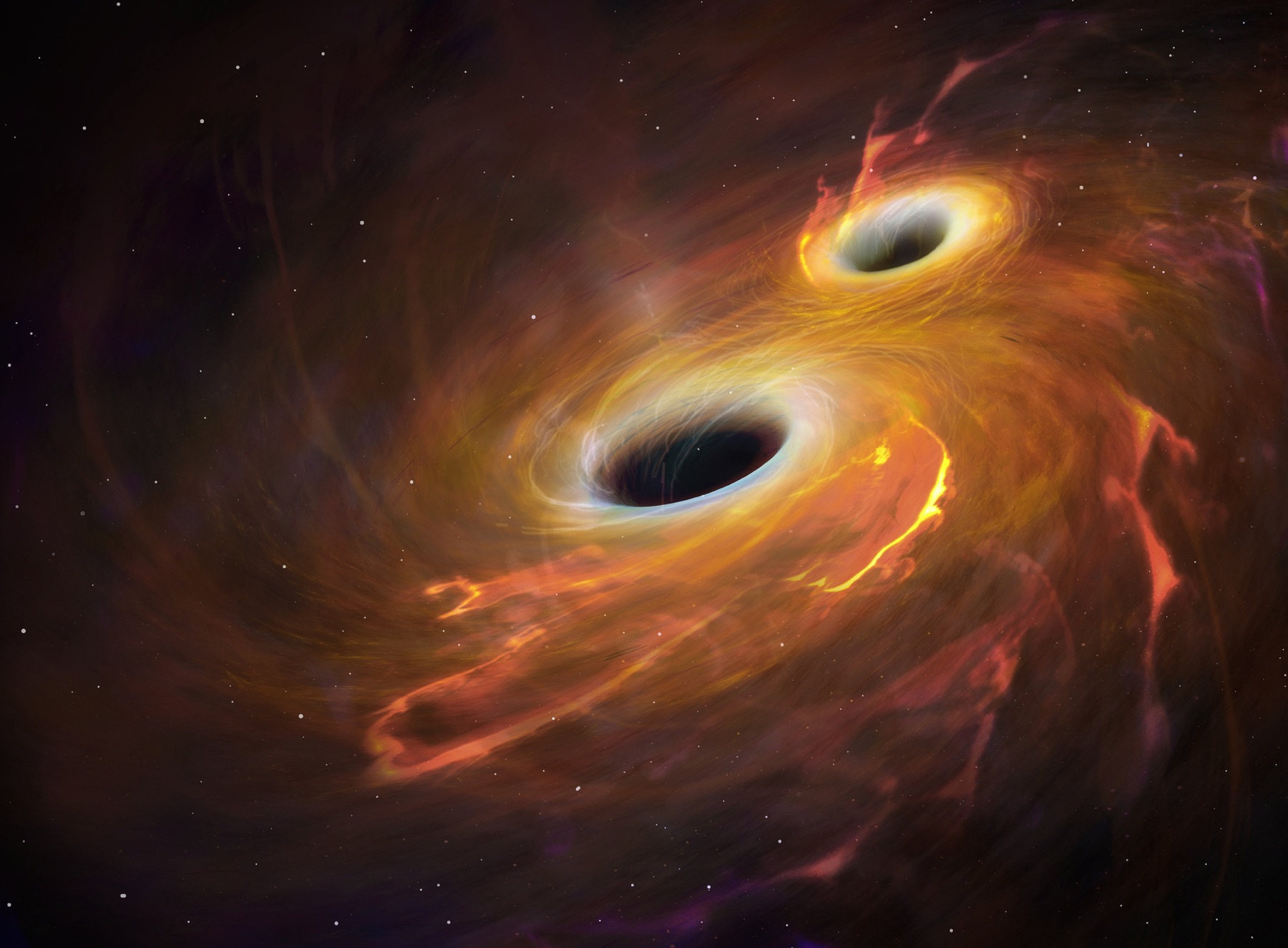
Sagittarius A* is more than 1,000 times less massive, so it changes about 1,000 times faster, as matter moves in tighter, quicker orbits around the black hole. Practically speaking, that means you can stare at it for a long time, and it will scarcely change.
IMAGE OF BLACK HOLE FULL
M87*, the black hole at the heart of the galaxy Messier 87, or M87, is so huge that the matter swirling around it takes many hours to complete a full orbit. That’s because Sagittarius A* is constantly changing.

The team also captured the raw data for the Sagittarius A* image in the same campaign, but converting those observations into an actual picture took much longer. We’ve already seen the first finished product from that effort: M87*. In April 2017 the EHT collaboration spent several nights pointing that virtual instrument at Sagittarius A* and other supermassive black holes. The EHT captures images of this shadow using a technique called very long baseline interferometry (VLBI), which combines radio observatories on multiple continents to form a virtual Earth-size telescope, an instrument with the highest resolution in all of astronomy. But they warp spacetime around them so severely that, when they are illuminated by glowing streams of infalling matter shredded in their gravitational grip, they cast a “shadow.” The shadow is about two and a half times larger than a black hole’s event horizon: its boundary and its defining feature, the line in spacetime through which nothing that passes can ever return. “But until now, we didn’t have the direct picture.”īlack holes trap everything that falls in, including light, so they are, in a very real sense, unseeable. “I met 20 years ago and have loved it and tried to understand it since,” Özel said. For example, when astronomers Reinhard Genzel and Andrea Ghez shared a portion of the 2020 Nobel Prize in Physics for their work on Sagittarius A*, their citation specified that they were awarded for “the discovery of a supermassive compact object at the centre of our galaxy,” not the revelation of a “black hole.” The time for that sort of caution has expired.Īt the National Press Club in Washington, D.C., this morning, Feryal Özel, a professor of astronomy and physics at the University of Arizona and a member of the EHT Science Council, introduced the picture, a dark ring framed by three shining knots of trillion-degree gas.

Yet they’ve been hesitant to say that outright. Scientists have long thought that a supermassive black hole hidden deep in the chaotic central region of our galaxy was the only possible explanation for the bizarre things that happen there-such as giant stars slingshotting around an invisible something in space at an appreciable fraction of the speed of light. Sagittarius A* is our own private supermassive black hole, the still point around which our galaxy revolves. It’s not the first picture of a black hole this collaboration has given us-that was the iconic image of M87*, which they revealed on April 10, 2019. This morning, at simultaneous press conferences around the world, the astronomers of the Event Horizon Telescope (EHT) revealed the first image of Sagittarius A*, the supermassive black hole at the center of the Milky Way. The mystery at the heart of the Milky Way has finally been solved.


 0 kommentar(er)
0 kommentar(er)
